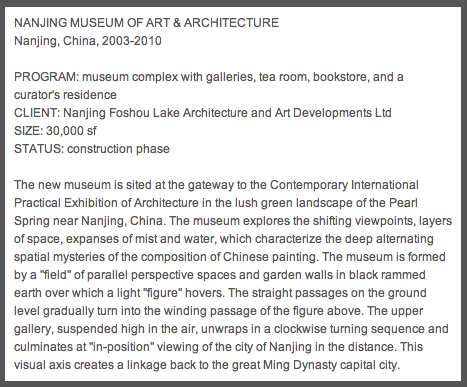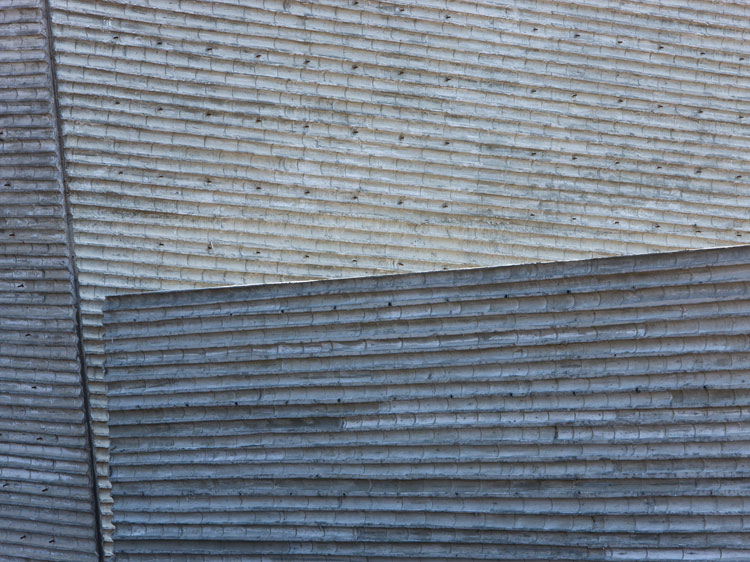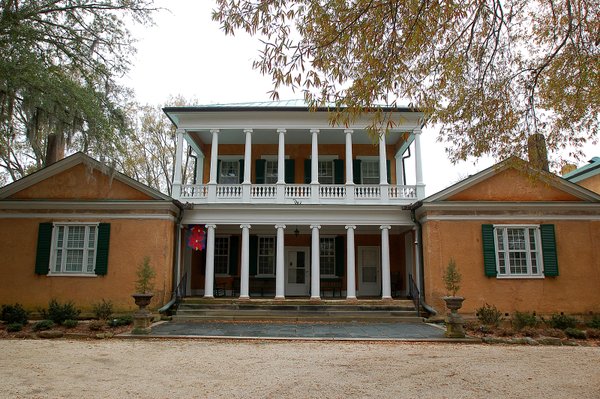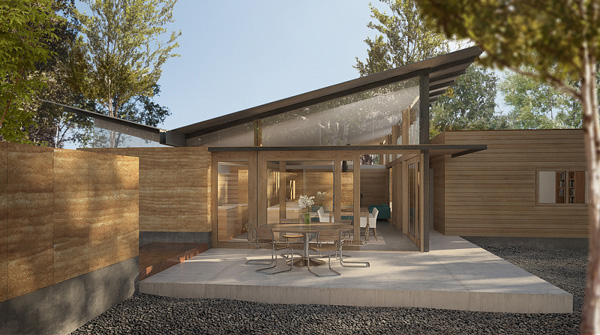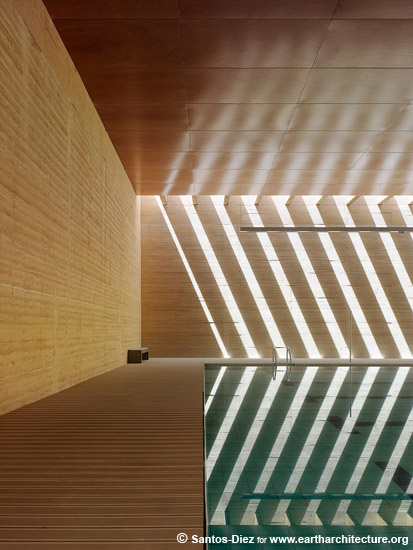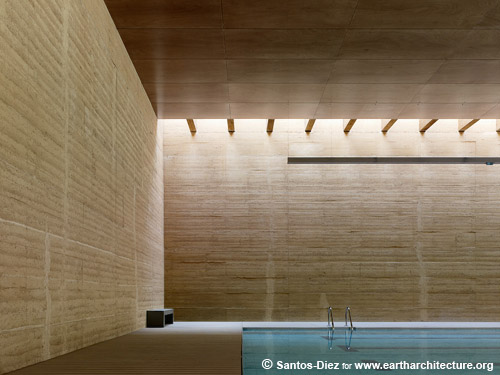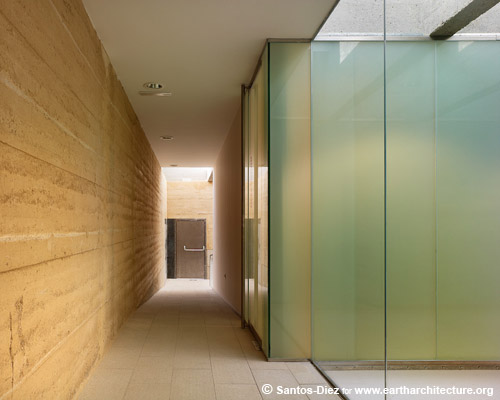
A new site-specific installation of works by Andy Goldsworthy opened on the island of Alderney, located in the Bailiwick of Guernsey in the English Channel Islands. Alderney Stones consists of an installation of 11 boulders spread across the landscape of Alderney.

Goldsworthy formed each 3-ton boulder from a mold of rammed earth and other materials sourced from the island, such as berries, seeds, old tools and discarded gloves.

Set in varying degrees of exposure to the elements, the stones will eventually erode, revealing the elements concealed inside, and ultimately return to the land from which they came.







